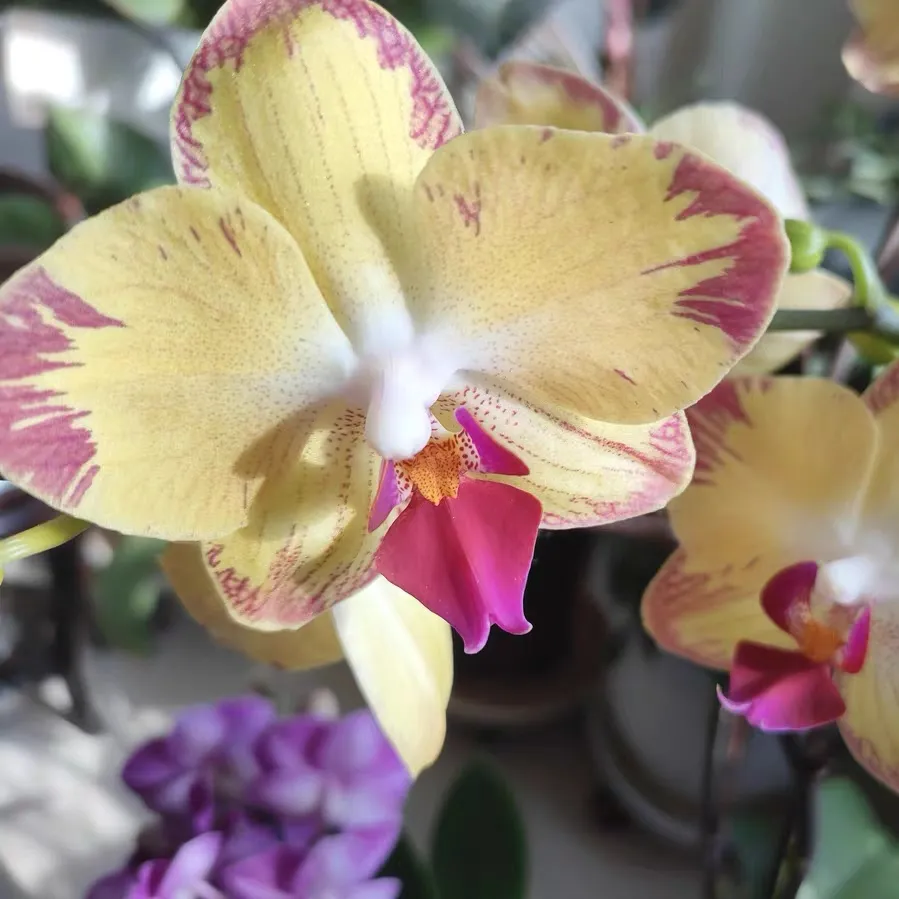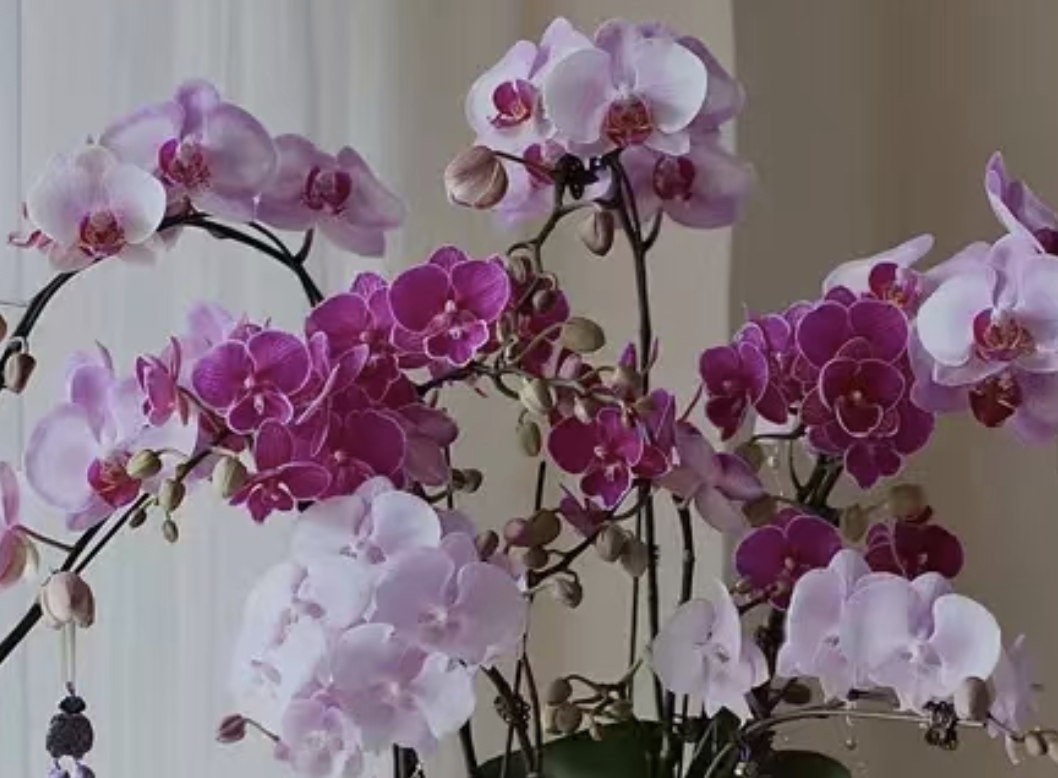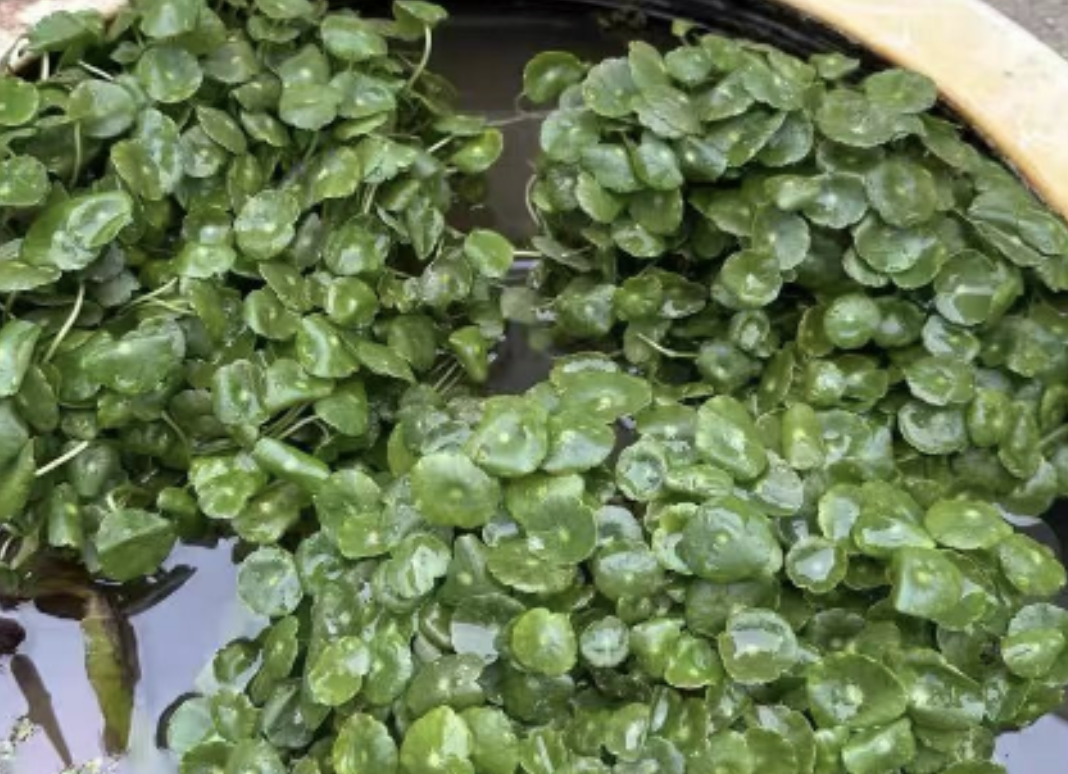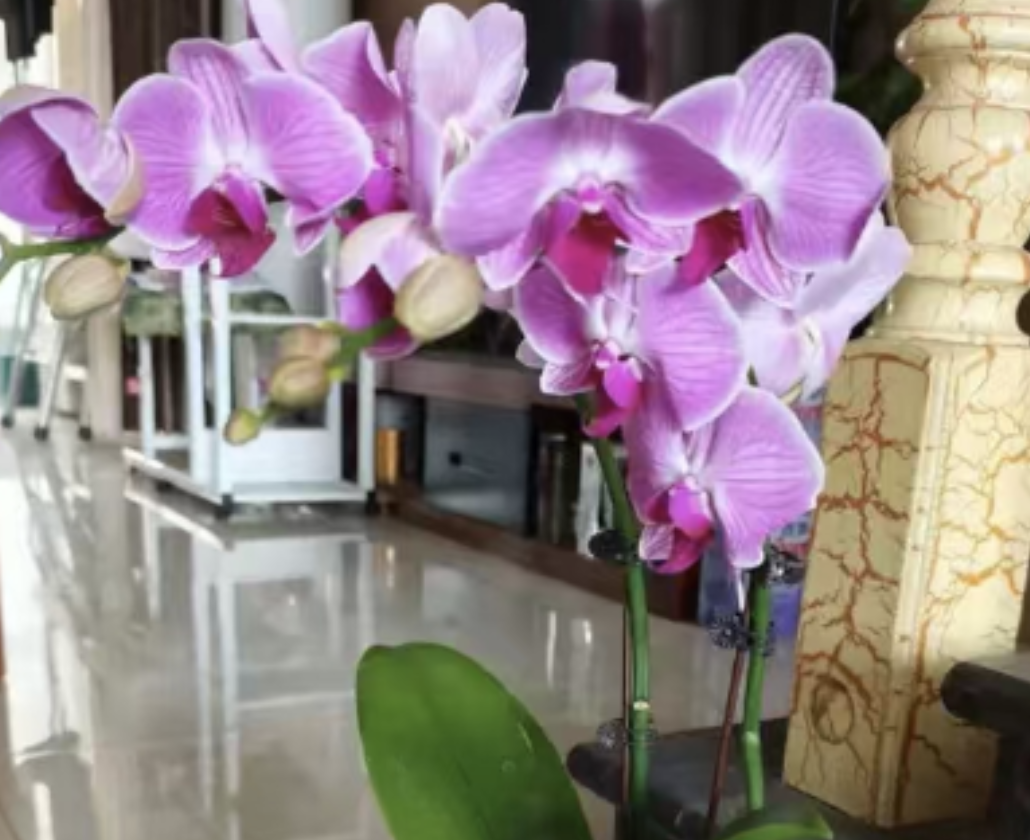# Have You Tried Hydroponic Phalaenopsis?
Have you ever tried growing Phalaenopsis hydroponically? Do you watch others’ hydroponic orchids grow roots at a lightning pace, while yours stays completely bare without a single new root, making you so anxious you stamp your feet? Well, that was exactly me once — I always thought hydroponics would be easier than soil cultivation. But after all the hassle, the Phalaenopsis roots either wilted and refused to sprout, or rotted down to half their length. In the end, I could only watch helplessly as its leaves turned yellow and withered.
It wasn’t until I ranted about this in a gardening group that an expert dropped a line: “Do you think hydroponic Phalaenopsis just needs to be soaked in water? Its roots are pickier about the environment than you are!” That’s when it hit me: those hydroponic orchids that fail to grow roots all stumble over “invisible conditions” like temperature and light.
Take the one I had last year, for example. I excitedly switched it to a transparent glass bottle for hydroponics and placed it in a living room corner, thinking it was “cool and shaded from direct light.” But a month later, the old roots gradually turned gray, and there was no sign of new roots at all. Later, I found out it had been “freezing” there every day (the temperature was only 16°C). Not to mention growing roots — it was a miracle it was still alive. That wasn’t growing an orchid; it was practically putting it in a “cold palace”!
Today, I’ll break down these “root-growth codes” clearly — even the laziest person can learn them!
Let’s start with temperature. If the temperature is off, the orchid “goes on strike.” It will only grow roots when the temperature is between 25-30°C. If it’s below 18°C or above 35°C, it simply shuts down.
Lighting can’t be taken lightly either. It needs a full 6 hours of scattered light every day; otherwise, the roots won’t have the energy to sprout.
Root care requires even more attention: at least 1/3 of the roots must be exposed above the water surface to “breathe.” Submerging them too deep risks suffocation. When you first start hydroponics, change the water every 1-2 days; once roots grow, change it every half a month. Murky water easily leads to root rot.
As for nutrients, if you want the roots to grow vigorously, give them an occasional “treat”: add a 1000x diluted root-stimulating solution for the first hydroponic setup, and replenish it every 20 days. Every week, soak 1/3 of the roots in cool tea water for a day, then let them air out for half a day — this stimulates aerial roots to sprout.
Don’t throw away the orchid if its roots rot. Trim off the black, hollow roots, soak them in carbendazim, and let them dry. Then use a cotton string to hang the roots above the water (with one end submerged in water) — you might just see new roots pop up. Transparent containers make it easy to monitor; trim the roots if you see them turn mushy or green. Control the temperature in spring and summer to prevent algae growth.
Actually, it’s not hard once you figure out its preferences. Give it enough temperature, sufficient light, and ensure the roots aren’t stifled — and it will obediently grow new roots!
Why Isn’t My Hydroponic Phalaenopsis Growing Roots?

Share with
Tagged in :




Leave a Reply